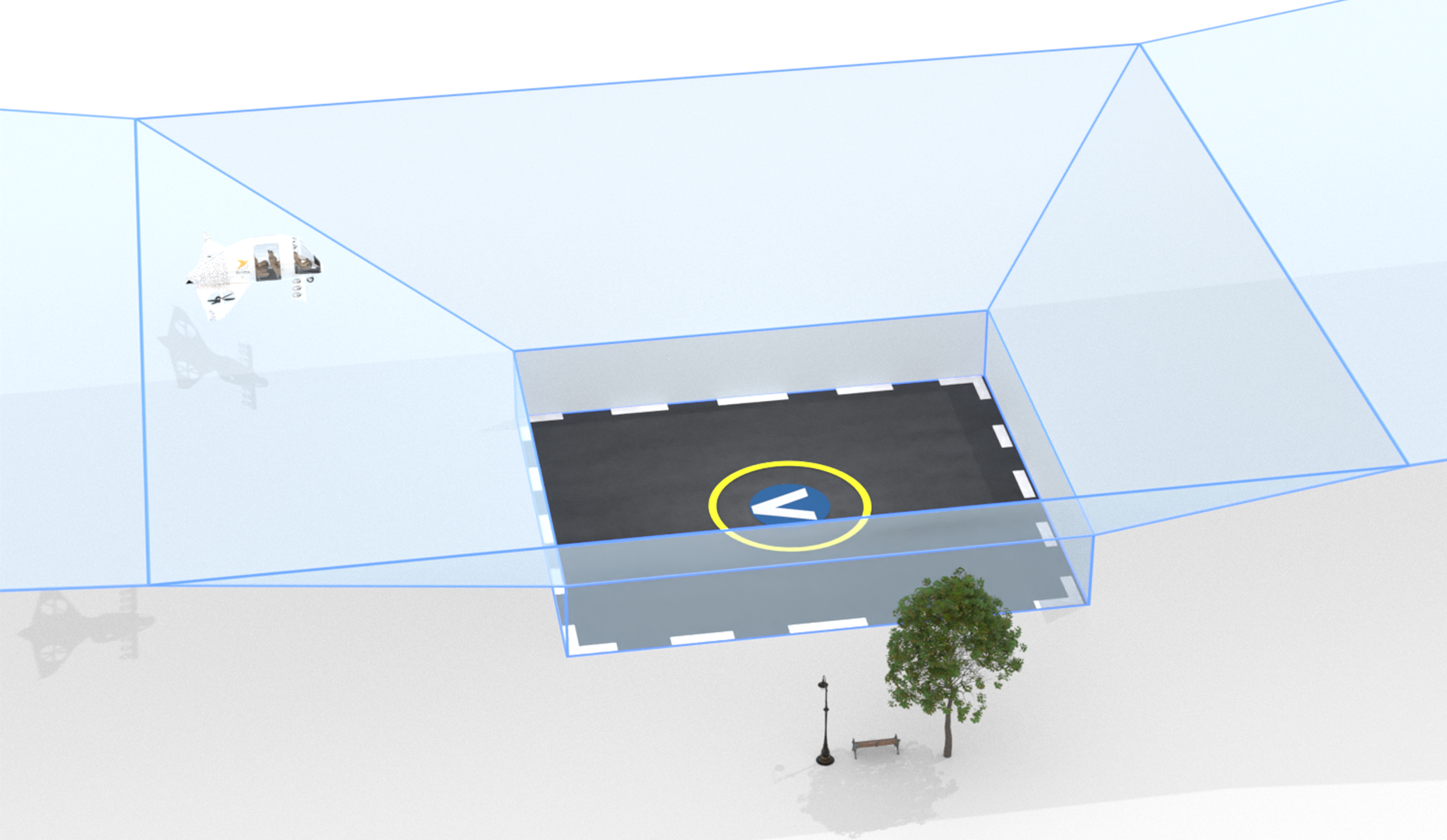The Future of Urban Air Mobility: Exploring Vertiports
From Development to Deployment of Vertiports

Introduction:
As the world embraces the concept of urban air mobility, the need for efficient infrastructure becomes increasingly evident. Vertiports, vertical takeoff and landing hubs, are poised to revolutionize urban transportation. This article delves into the concept of vertiports, their significance in the realm of aviation, and the exciting potential they hold for the future.
1. Defining Vertiports:
Vertiports serve as dedicated facilities for vertical takeoff and landing (VTOL) aircraft, providing infrastructure for urban air mobility operations. These futuristic hubs integrate advanced technologies to support the safe and efficient movement of passengers and cargo. Equipped with charging stations, maintenance facilities, and passenger amenities, vertiports aim to seamlessly connect urban centers, reducing travel times and congestion while offering sustainable transportation options.
2. Enabling Urban Air Mobility:
With the rapid development of electric VTOL aircraft, vertiports have emerged as critical enablers of urban air mobility. Unlike traditional airports, vertiports can be conveniently situated within city centers, unlocking the potential for short-haul flights and efficient transportation between urban areas. By leveraging vertical space, these hubs address the challenges posed by limited land availability, offering a viable solution to overcome urban congestion while reducing greenhouse gas emissions.
3. Architectural Design and Infrastructure:
Vertiports boast innovative architectural designs that cater specifically to the unique requirements of VTOL operations. Vertical landing pads, charging stations, and modular layouts are carefully integrated into the vertiport design to optimize aircraft movements. Furthermore, seamless passenger flow and advanced security systems ensure a safe and hassle-free experience. To meet the demand for sustainable operations, many vertiports are equipped with renewable energy solutions, such as solar panels and energy storage systems, minimizing their carbon footprint.
4. Regulatory Framework and Challenges:
The widespread adoption of vertiports faces regulatory hurdles and challenges. Governments and aviation authorities are actively working to establish standards and guidelines for urban air mobility infrastructure. Ensuring safety, airspace management, noise control, and community acceptance are critical considerations. Collaboration among stakeholders, including aviation companies, city planners, and regulators, is necessary to develop a robust framework that supports the integration of vertiports into existing urban landscapes.
5. The Path to Urban Air Mobility:
Despite the challenges, the development of vertiports is gaining momentum worldwide. Several cities and companies are investing in research and development, aiming to establish a comprehensive urban air mobility ecosystem. The integration of advanced technologies, investment in infrastructure, and public-private partnerships will be vital in unlocking the full potential of vertiports, enabling a future where on-demand, efficient, and sustainable air transportation becomes a reality.
Conclusion:
Vertiports hold immense promise for the future of urban air mobility. These dedicated hubs, equipped with state-of-the-art infrastructure, have the potential to transform the way we commute within and between cities. As technological advancements continue and regulatory frameworks evolve, vertiports will play a pivotal role in realizing the vision of a connected and sustainable urban transport system.

